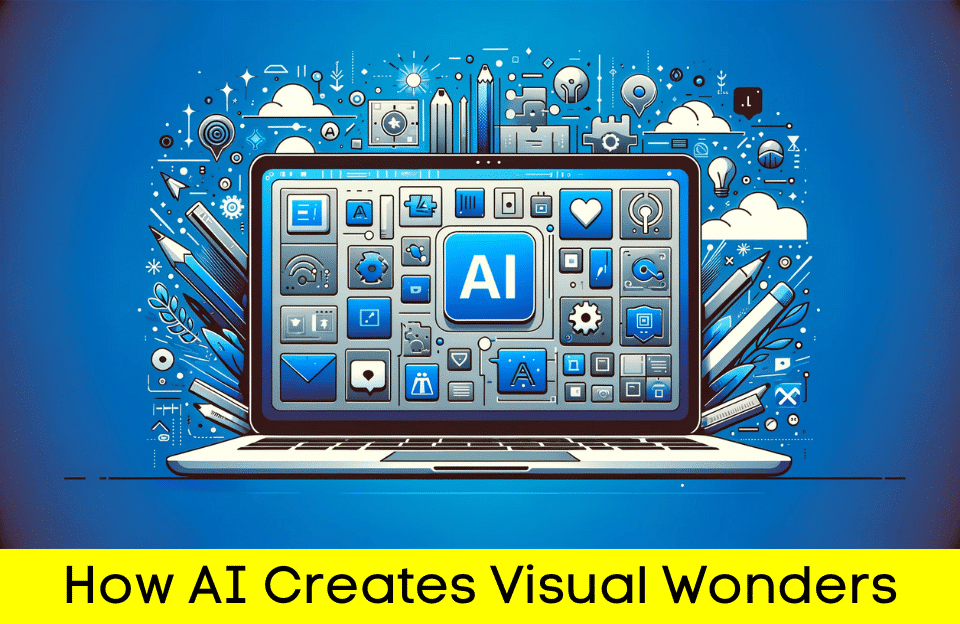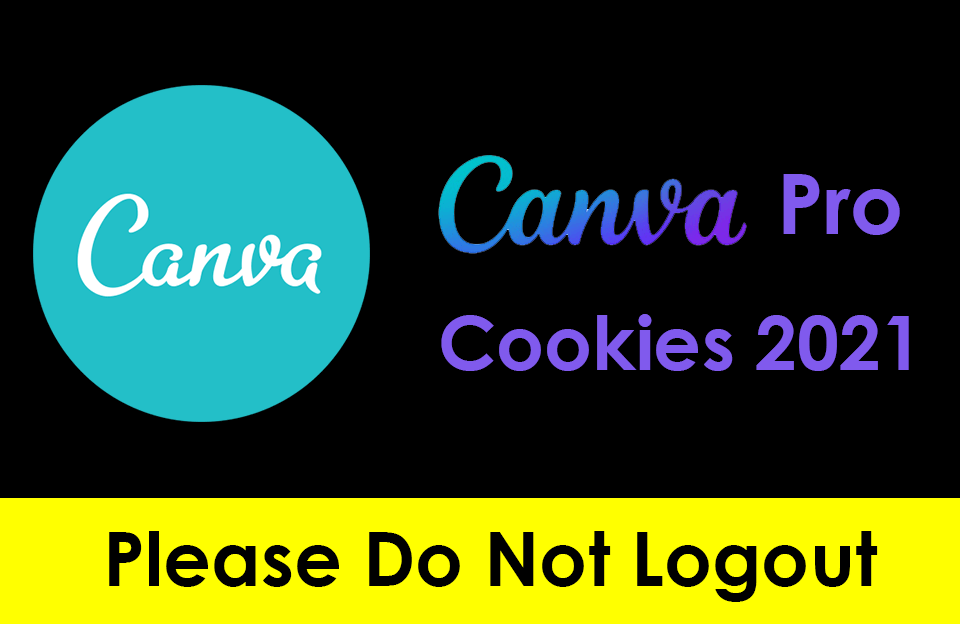In modern creativity, the AI art generator has emerged as a groundbreaking tool, transforming how visual wonders are conceived and realized. This technology utilizes sophisticated algorithms to craft artwork that can rival the intricacies of human-made creations, enabling a fusion of technology and artistry like never before.
Table of Contents
Understanding AI’s Learning Process
AI art generators operate on a foundation of machine learning, where systems are trained to understand and replicate artistic styles by analyzing vast datasets of artwork. This training involves feeding the AI thousands of images, which it uses to learn various elements of visual art, such as color, form, texture, and composition. Over time, the AI recognizes patterns and styles, which it can then apply in new, creative ways.
The sophistication of these systems allows them to interpret simple descriptions and turn them into detailed artworks. Whether it’s a landscape or a portrait, the AI uses its learned knowledge to generate unique and artistically coherent pieces, pushing the boundaries of automated creative expression.
Algorithmic Creativity in Action
Once trained, AI art generators can manipulate their base knowledge to create artwork with minimal human input. They use a process known as ‘style transfer,’ where the aesthetic of one image can be applied to the subject of another, combining them into a completely new piece. This method demonstrates not just replication but a new form of creativity that can inspire human artists.
AI can produce variations of a single concept, providing artists and designers multiple options. This capability is particularly useful in industries like advertising and product design, where visual variety and innovation are key.
Enhancing Human Artistry
Far from replacing human artists, AI art generators serve as a tool to enhance human creativity. They handle the labor-intensive aspects of art creation, such as rendering detailed backgrounds or applying complex textures, freeing artists to focus more on their projects’ overall design and creative direction.
Additionally, by automating certain processes, AI allows artists to experiment with new techniques and ideas they might not have had the resources or time to explore otherwise. This collaborative relationship between human artists and AI tools fosters a new digital artistry era.
Challenges and Limitations
Despite its advanced capabilities, the AI art generation is not without challenges. The output quality heavily depends on the diversity and quality of the training data. If an AI system is trained on a limited dataset, its creations might lack variety or lean too heavily on replicated styles. Moreover, technical challenges related to processing power and algorithm efficiency can affect the feasibility of more complex projects.
There are also conceptual limitations to consider. AI systems do not possess human emotions and experiences; they are created based on data and algorithms. As such, while their creations can be striking, they may sometimes miss the nuanced emotional depth that human artists can impart in their works.
Ethical Implications
As AI-generated art becomes more prevalent, it raises ethical questions about originality and copyright. There are concerns about AI recreating existing art styles too closely, potentially infringing on the copyrights of human artists. This issue highlights the need for clear guidelines on using AI in creative fields to ensure it complements rather than conflicts with human artistry.
The increasing ability of AI to generate realistic images has implications for misinformation and the authenticity of visual media. As society navigates these challenges, it’s essential to maintain an open dialogue about AI’s role in art and ensure that its use promotes creativity and innovation without compromising ethical standards.
Adobe says, “Making different kinds of images quickly can be a good way to get out of your creative comfort zone. With AI art generators, you can play around with looks and styles you don’t normally work with and get inspired to branch out into new ways to create.”
The journey of AI in the art world is as much about exploring new artistic possibilities as it is about understanding and addressing the complexities introduced by this technology. As AI continues to evolve, it promises to expand the horizons of what can be achieved in art, provided it is guided by a thoughtful consideration of its impact and potential.


